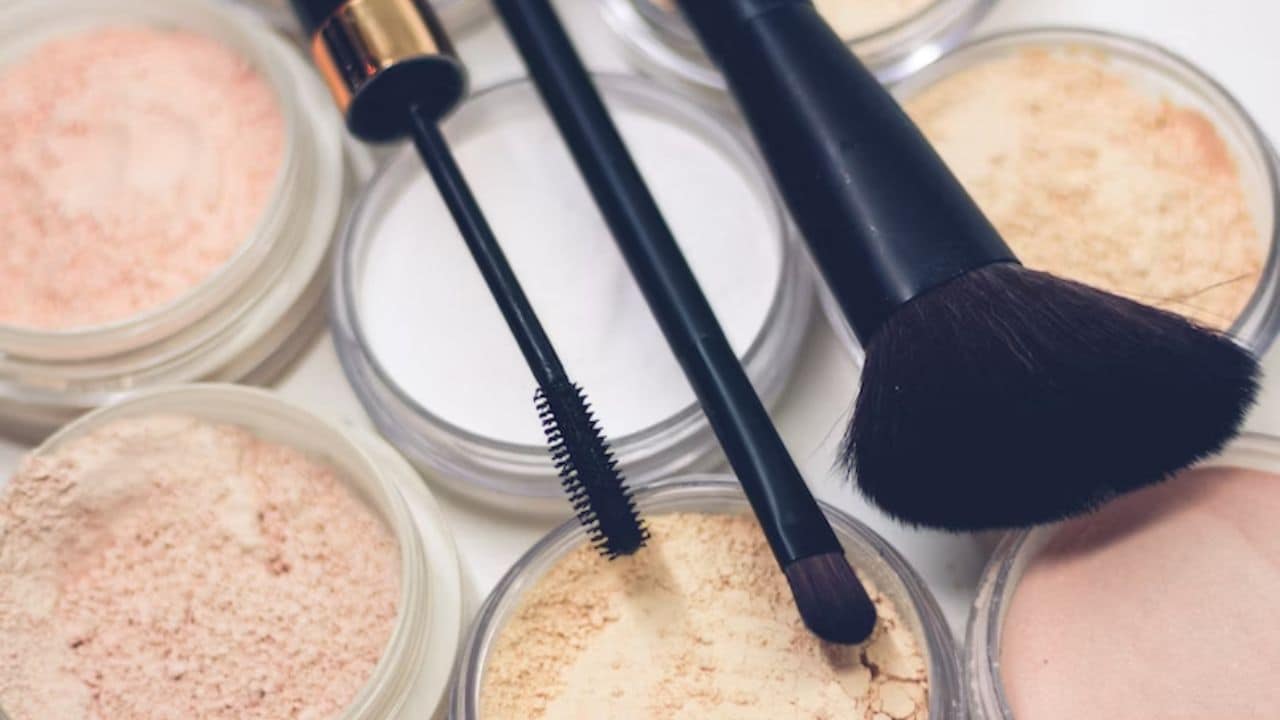By Pritha Pahari
Unilever intends to increase its involvement in the Indian beauty and personal care market. At the Deutsche Bank Global Consumer Conference 2023 held on June 6, the company said that it is focusing its core hair and skin segment towards India, its largest market after the United States.
Speaking at the conference, Graeme Pitkethly, Chief Financial Officer (CFO) of Unilever, said that nearly 60 percent of Unilever’s business comes from emerging markets. Based on population growth, increased affluence and the potential for market development, India and China are among the company’s top priority markets, he added.
“India will be in the next 10-15 years what China has been for our competitors in the last decade or so,” said Fernando Fernandez, President, Beauty and Wellbeing Business Group, Unilever. He added that India is one of the company’s key markets of the future with Unilever’s relative market share in hair and skin care more than four times the size of its closest competitor.
Beauty and personal care accounts for 37 percent of Hindustan Unilever’s (Indian subsidiary of Unilever) revenues. In financial year 2023, the segment grew competitively, at 12 percent, led by a strong, broad-based performance across categories, the company said in its annual report.
The company is focusing to strengthen its core with brands such as Lux curating products according to local needs, thereby gaining market share and increasing penetration. With brands like Lakmé, Dove, Pond’s, and TRESemmé, the company is tapping into emerging demand through innovations such as Dove Hair Fall Therapy, Lakmé Vitamin C, Pond’s Light Hydration, Lakmé Sunscreen, and TRESemmé Pro Pure.
“Around 85 percent of Hindustan Unilever’s portfolio is consistently gaining market share. That is what is giving enthusiasm to a parent company like Unilever to invest more into the Indian market.” said Kaustubh Pawaskar, Deputy Vice President, Fundamental Research. The parent company is not just investing into the market but also creating categories and adding new and innovative products, trying to move up from masses to premium. These strategies will help the FMCG giant to maintain consistent growth, he added.
Opportunities in the Indian market
The Indian market provides a lot of opportunity as hair and skin care product penetration is lower in Tier 2 and Tier 3 towns, where most of the domestic and global consumer goods companies have been focusing. “The beauty and personal care market in India offers unique growth opportunities — it is poised to grow at a CAGR of 11 percent. This market is continuously evolving, driven by changing consumer preferences and digital advancements. While the pandemic may have accelerated certain trends, the overall appeal of the Indian market was already established,” said Aseem Kaushik, Managing Director, L’Oréal India.
The demand for premium products in the segment has also been growing due to digitisation and awareness. The COVID-19 pandemic has made people aware and they are moving towards more healthy options that are free from chemicals.
“Growing internet penetration is making the world a smaller place and making information more accessible for consumers in India. In this context, consumers are being more discernible and want the best product for their needs. To meet this need, one big focus for us has been to grow the category, by driving awareness regarding various benefits consumers can seek and experience.” said a Proctor & Gamble (P&G) spokesperson.
Demand for customized products
The disparity in spending power between rural and urban consumers requires brands to make products that target a certain class. Brands need to tailor their products to suit various socio-economic classes based on their affordability.
“We have got onion-based shampoo for the elite and also henna-based shampoo catering to the masses,” said Abhishek Jugran, Vice President, Marketing, Dabur. The company has different propositions for the urban market, like hot oil treatment and head serums but a very different segment for the mass India.
Growing competition in the market
Global companies will drive in competition for the domestic brands as India becomes a hotspot in the hair and skin segment. Speaking on whether the global brands will overshadow domestic brands, Pawaskar said more players coming into the segment will help the market grow and would not overshadow existing ones. The growth prospects of categories where the penetration is low are bright, he added. “However, categories where penetration is high will take time to grow. There the competition will play a major part.” said Pawaskar.
Domestic companies are also trying to strengthen their global portfolio with Dabur testing out a popular Arabian hot oil treatment in Indian salons. The company will also launch a number of international portfolios in India, said Jugran.
However, international brands will have an edge over domestic companies in the premium segment because consumers of luxury products in India have global exposure, with Nykaa and Ajio, said analysts.
Analysts also noted that the majority of global players will find it difficult to make a difference in the mass end due to pricing. “The basic product in the US is a premium product in India, and a premium product in the US is a luxury product in India. The mass products of India do not exist in the US,” said an analyst, asking to remain anonymous.
